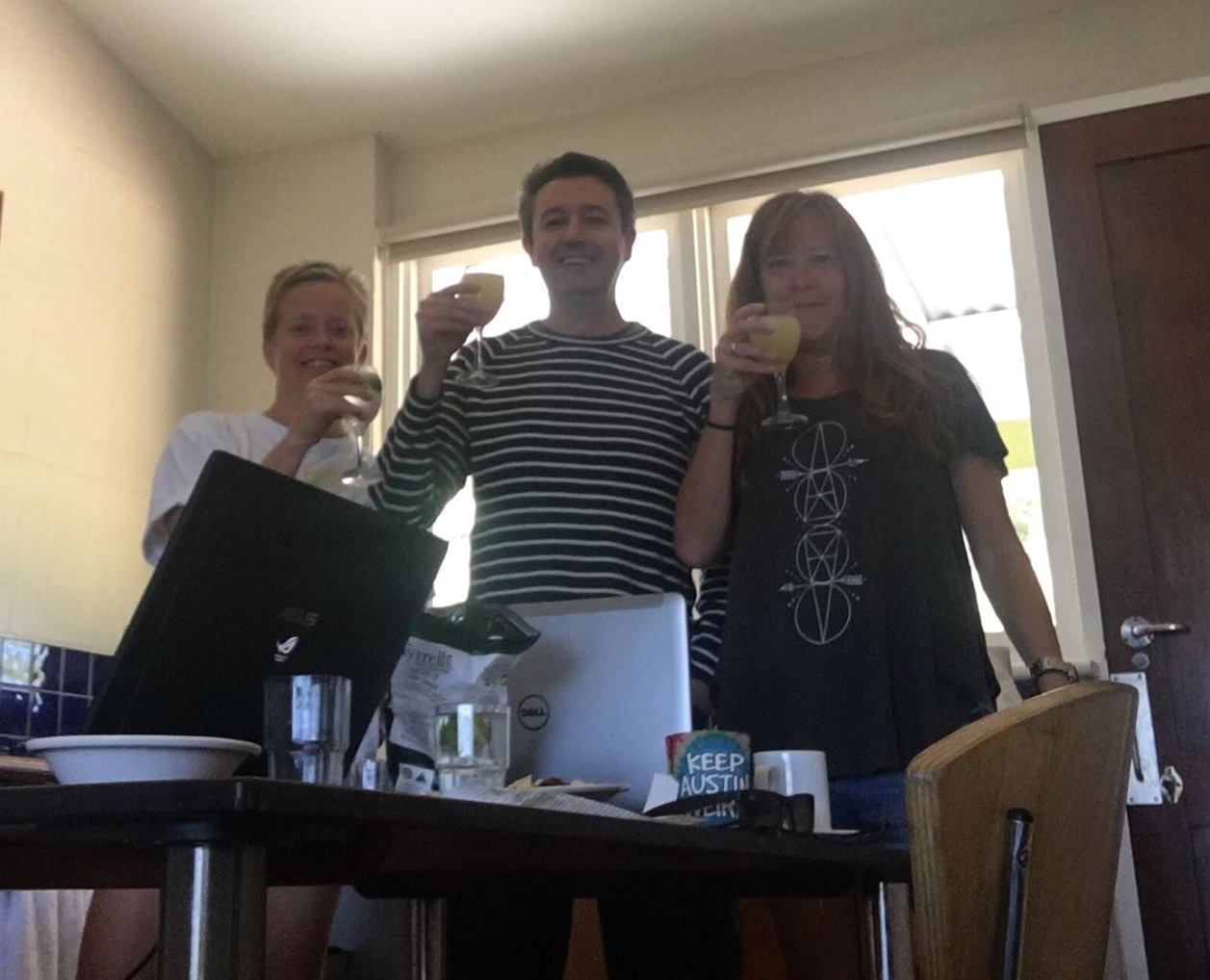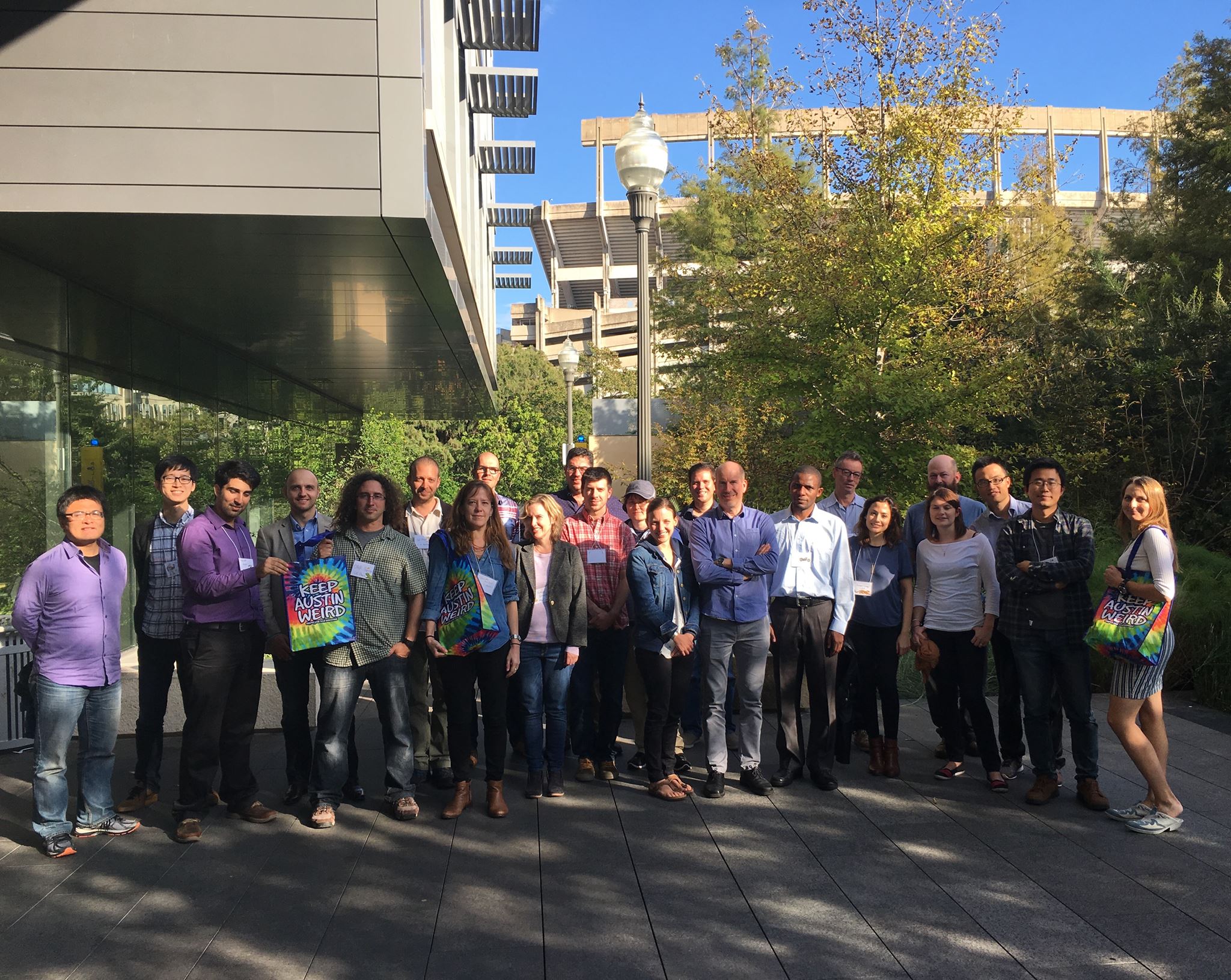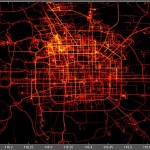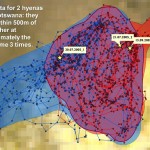Jennifer was invited to participate in a Dagstuhl Seminar on “From Observations to Prediction of Movement” (17282). Schloss Dagstuhl (Wadern, Germany), July 9-14, 2017
Research collaboration with AIMS continues
Jennifer spent several weeks back in Perth, Western Australia continuing a collaboration with Drs. Ben Radford and Marji Puotinen at the Australia Institute of Marine Science. They focused on using geographically weighted regression to explore spatial accuracy of models of mixed benthos assemblages in the Northern Kimberley region and were able to squeeze in a writing retreat on Rottnest Island.

Modeling interactions workshop at UT
I co-organized (along with Harvey Miller and Gil Bohrer from Ohio State) a workshop on Modeling interactions as part of a two workshop series focused on addressing issues in computational movement analysis. The workshops are intended
to draw participants from both the human movement/mobility and animal movement ecology fields.
The interaction workshop was held at UT-Austin Nov. 10-11, 2016. We had about 30 participants and 3 great keynotes from Francesca Cagnacci, Patrick Laube, and Jed Long. More information is here.
The 2nd workshop will be held at Ohio State May 10-11, 2017. More information is here.

Visiting research fellow at AIMS
I just returned from a five week research fellow visit at the Australian Institute of Marine Science (AIMS) in Perth, Western Australia. While there, I presented a two day workshop on spatial statistics and spatio-temporal analysis and developed collaborations for future research that will apply these methods to study issues such as ship strike on whales and environmental monitoring.
New article on analyzing dynamic interactions
A new paper that continues my research on analyzing dynamic interactions using GPS data has just been published. This article employs a null model approach to assess how six currently used dynamic interaction metrics vary in terms of the type and magnitude of interaction they measure. ‘Towards a better understanding of dynamic interaction metrics for wildlife: a null model approach‘ (also see ‘Using spatially explicit simulated data to analyze animal interactions: a case study with brown hyenas in northern Botswana‘). This work will be presented as part of a special Frontiers in GIScience Research session at the ESRI User Conference July 22, 2015.
This research is supported by NSF #1424920.
New project on exploring anonymity in movement trajectories
Dr. Jennifer Miller has received funding from UT’s Center for Identity for a new project that explores how anonymous movement trajectories are based on GPS locations from smartphones. Location data are often released after they have been ‘anonymized’—which means that the trajectory has been stripped of any obvious

identifying information such as name, address, phone number, etc. However, personal points of interest (home, work) can be easily identified by mining trajectory data for movement patterns, and these points of interest are often associated with unique individuals. This project will explore privacy issues associated with smartphone location data using a computational movement analysis framework.
New project on analyzing animal interactions using GPS data
I just received a three year grant to support research on developing a framework for analyzing dynamic interactions between animals using GPS data (NSF #1424920). I’m looking for a graduate student (preferably doctoral) to work on the project starting fall 2015. Student should have a GIScience and/or ecology background and be very comfortable with spatial analysis and modeling. Must have very strong R skills and preferably some python programming experience as well.
If you are a potential graduate student interested in working on this project, please see general information about our graduate program here and more specific information about working with me here.
Progress Report editorship at PiPG
I was recently invited to serve as the Progress Report editor for Progress in Physical Geography. This will entail commissioning short (5000 words max) papers that cover new developments in an area related to some aspect of geomorphology, climatology, biogeography & landscape ecology, or human-environment interaction.
ISEC 2014
I presented a paper on ‘A novel framework for analyzing interactions between individuals: a case study using brown hyenas in northern Botswana’ at the International Statistical Ecology Conference. The conference was held July 1-4 on the campus of SupAgro in Montpellier, France.

.
PiPG Progress Report
Another SDM-related progress report in Progress in Physical Geography is coming out. This one is on the use of simulated data to assess models.
